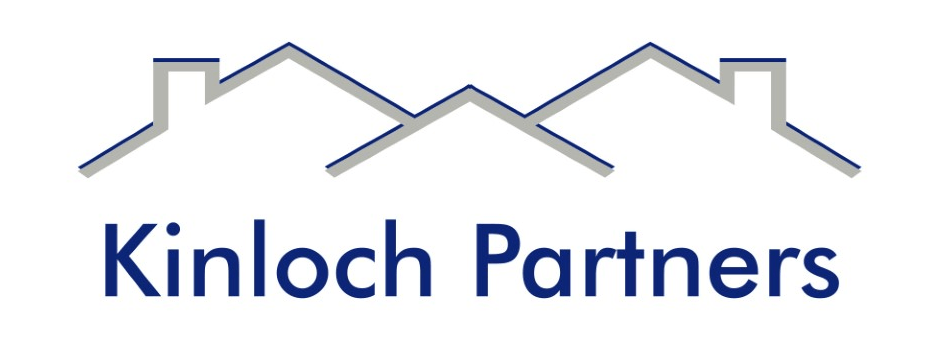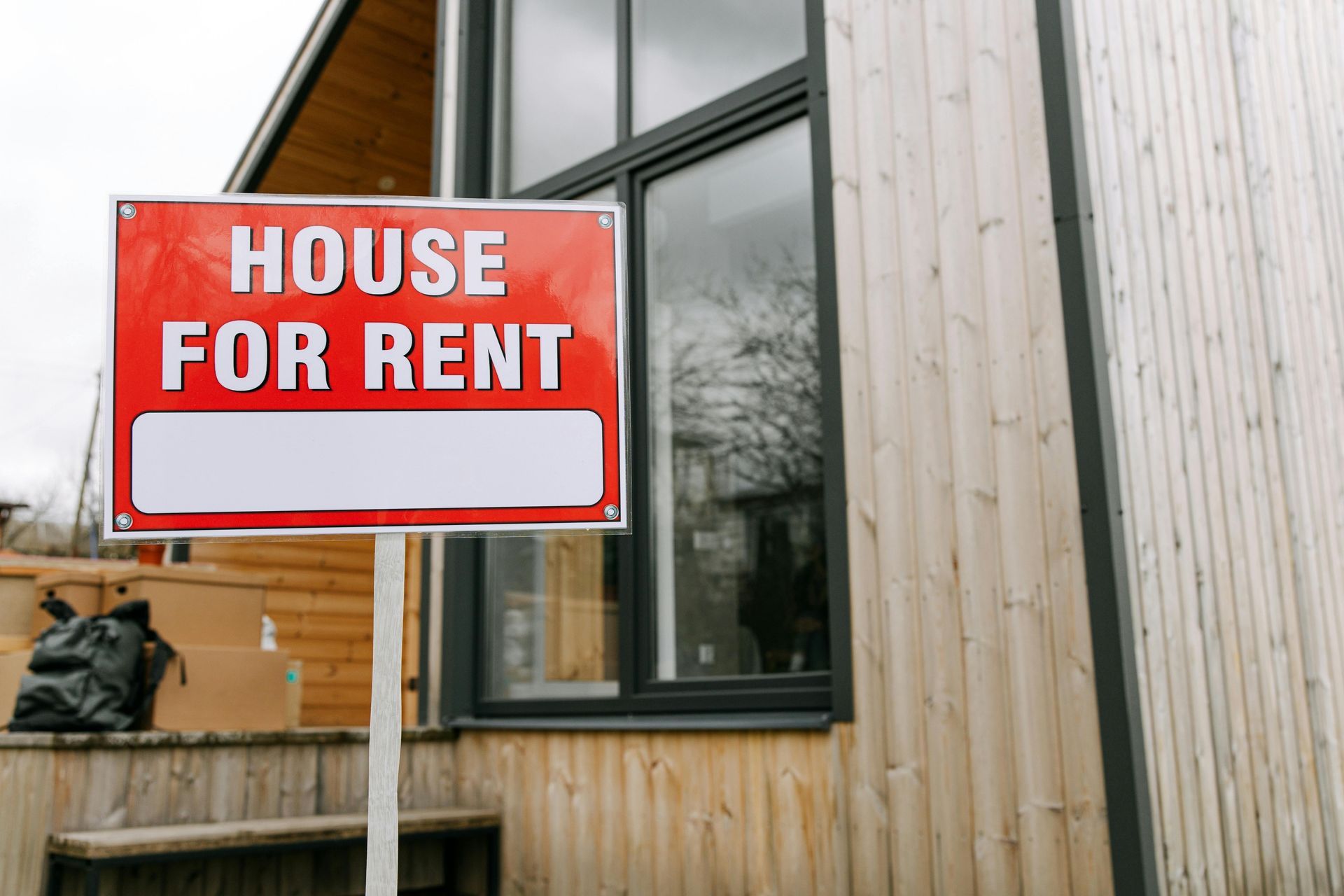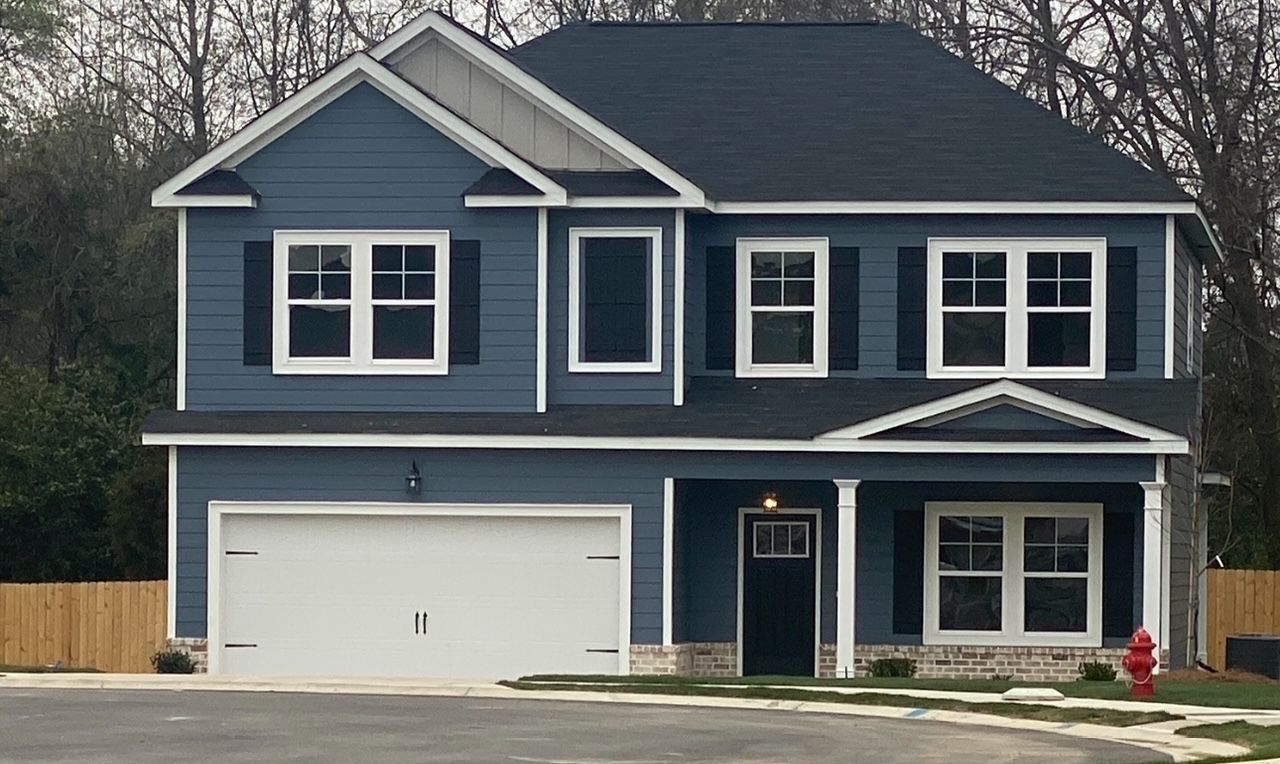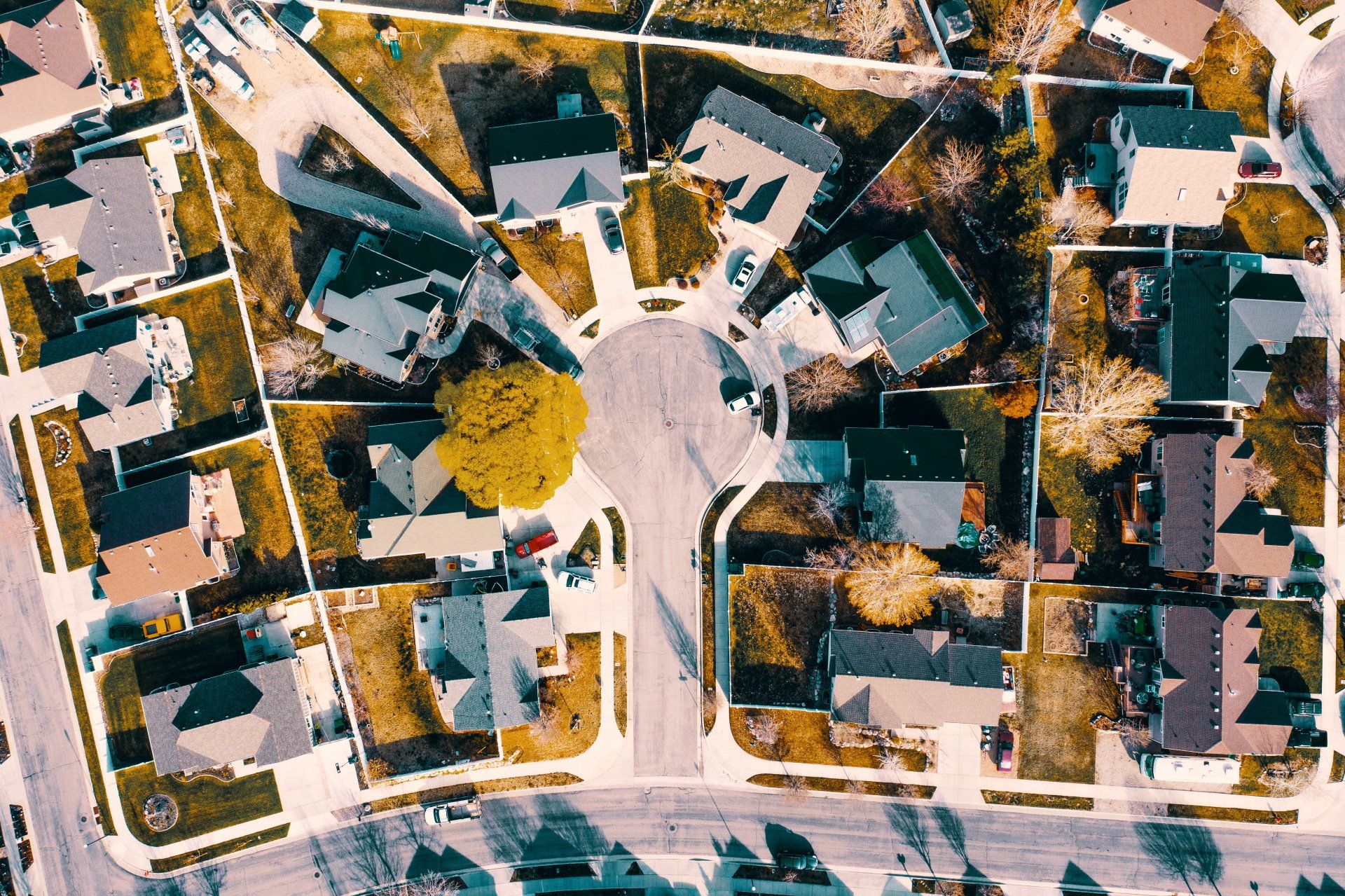The True Cost of Owning a Home
Without a Full Understanding of Homeownership Costs, Residents Cannot Make Good Financial Decisions.
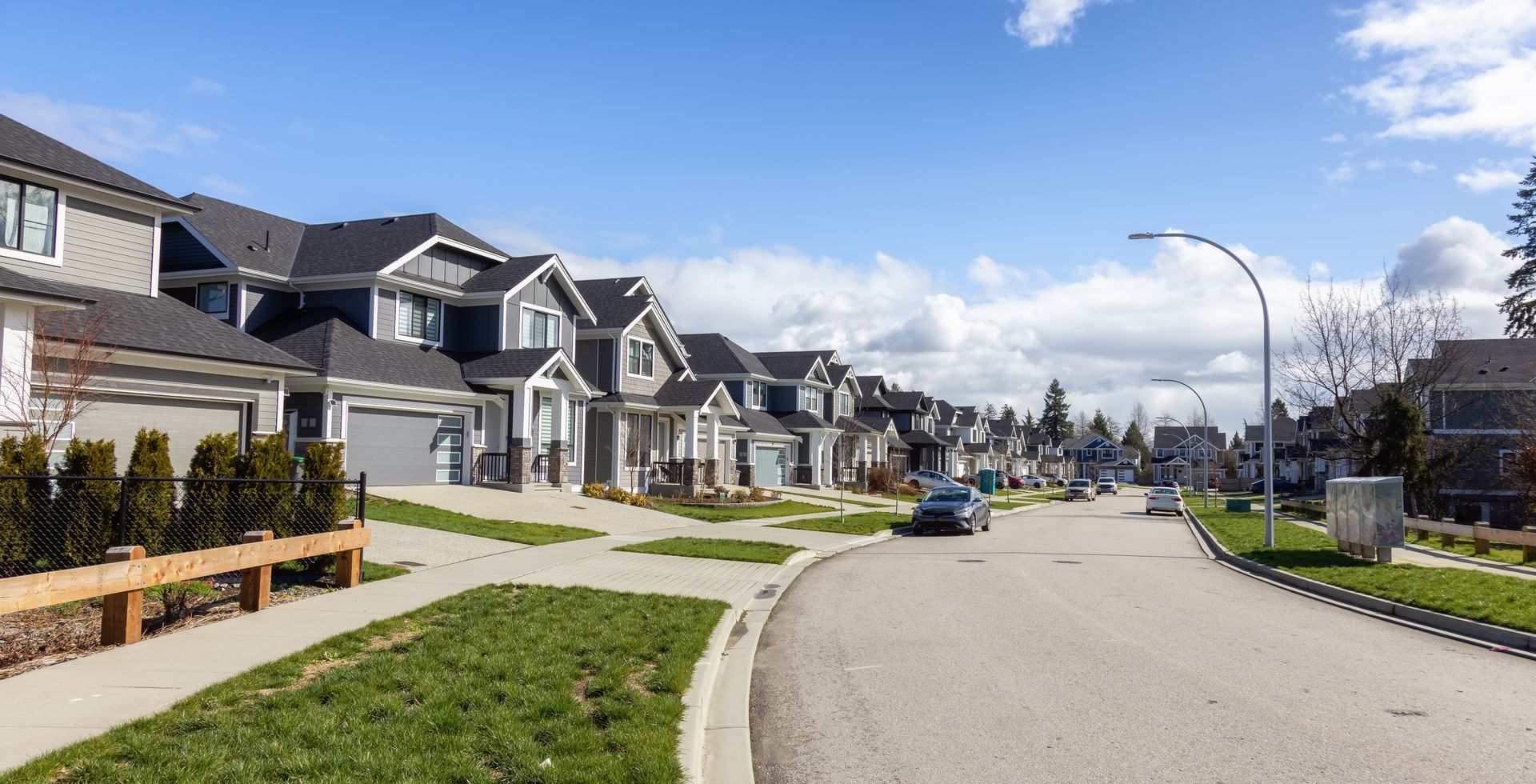
There are countless government organizations and housing advocacy groups out there mercilessly drumming the message that owning a home is better than renting into our ears. While there are many benefits to homeownership, however, it is not necessarily going to be the right solution for every household or even the best and most responsible route for a certain population of residents. Thanks to the ubiquitous messaging portraying renting a home as, essentially, a means of “settling for less,” individuals may make decisions about homeownership that cripple them financially in the years following the home purchase. For this group, renting a safe, affordable, pleasant property – often single-family – can be a great advantage both financially and for everyone in the household from the oldest adult to the younger child.
Consider, for a moment, the cost of renting vs. owning a home:
In April of this year, Bankrate.com released the results of a study indicating
renting a home is cheaper than paying a mortgage in all 50 of the largest U.S. metros in 2025.
Why is this important? For starters, think of the vastly superior and more diverse employment offerings associated with residence in a major U.S. metro area. While there are many younger, single professionals who have elected to live in more rural areas of the country in order to be able to afford to own their own homes, households with children are less likely to withstand the costs associated with decreased job diversity, not to mention that more rural areas tend to have fewer academic options for school-age children.
According to the same study,
the average mortgage payment is 38% more every month than average rent. Even many mortgage brokers are opting to go the rental route!
Paul Leara, a mortgage broker based in Birmingham, Alabama, told Bankrate.com, “I did not give into the pressure of everybody else around me saying ‘You [must] buy so you can build equity.’” In Leara’s case, he allocates his savings on housing into other investment vehicles he believes are more attractive, such as certain stock investments.
Homeowners insurance rates are negatively influencing home purchases. As homeowners insurance rates rise and policies become more difficult to obtain thanks to a variety of weather- and climate-related factors, homebuyers are finding they must settle for purchasing far less house than they need for their families in order to access appropriate property insurance.
For example, in Texas alone, 160 insurance companies have pulled out of the state entirely, and premiums increased more than 18% in 2024 alone. Homeowners insurance increases are directly related to household decisions to travel less (81%), cut back on groceries (61%), and reduce medical spending (21%). These are all significant factors in quality of life that a resident who chooses to rent may ultimately exert more control over than a property owner.
The Cost of Basic Home Maintenance
If you still are not convinced that homeownership is not the best route for everyone, then consider another element outside of purchase price, affordability, and protection costs: basic home maintenance. The common rule of thumb for home maintenance financial management is to budget between 1% and 4% of a property’s value for maintenance and repairs.
If a real estate investor owns a large portfolio, they may be able to save on some of these expenses simply because they are handling maintenance on a larger scale, but for a homeowner dealing with only one property, 4% is definitely a better number. For a homeowner, this number will also increase as the age of the property increases. A 1-4% range will account, with a solid homeowners insurance policy, will usually account for routine maintenance (on the lower end of the scale) and potential repairs and even replacements (on the upper end of the scale).
For example, if a home is valued at $200,000, the owner should budget a minimum of $2,000 and, ideally, at least $8,000 for maintenance alone. In some cases, homeowners base cost of maintenance estimates on their total costs associated with mortgage, property insurance, and property taxes. In this scenario, a home with a total cost for these three elements of $1,950 would allocate a minimum of $195 each month for maintenance. Note that if the money is not spent, it should be allowed to accumulate over time.
Of course, there are additional factors that go into the cost of repairs and maintenance on a home:
Size
Larger homes tend to have more surface area both outside and inside, meaning more systems to maintain and more square footage to protect and possibly repair. Larger homes mean larger costs for homeowners, while renters are more likely to have fewer size-related responsibilities when it comes to living in a home with higher square footage.
When it comes to size, conventional wisdom dictates budgeting a dollar for every square foot. For example, a 2,000-square-foot home should allocate $2,000 annually for basic maintenance. If this is a lower number than your 4% (unlikely), then go with the higher number because you will have to perform maintenance eventually and parts are likely to cost the same amount even if the home has a lower value relatively than other comparable properties.
Homeowner Skills
Homeowners who handle their own repairs may be able to keep fiscal costs low, but it will come at the cost of time, labor, and materials. In many cases, the cost of maintenance that is factored into rents is not even as high as how much a DIY homeowner will end up paying to handle an issue on their own.
Location
Naturally, the location of a property and associated regional differences in labor costs and material prices will impact maintenance and repair expenses.
If you’re wondering what types of repairs and improvements can be classified as “basic” or “common” maintenance costs, then take a look at the list below in order to get an idea of where all that budgeted money goes for a homeowner:
Routine repairs
- small fixes
- pest control
- basic maintenance like HVAC maintenance, preventative monitoring and upkeep
Major repairs
- Roof repairs and replacement
- HVAC repairs
- Plumbing repairs and replacements
- Electrical work
Upgrades (nondiscretionary and discretionary)
- Replacing appliances
- Replacing flooring
- Cosmetic repairs and improvements
How the Homeownership Message Needs to Change
It is indisputable that owning a home can be a great way to accumulate wealth over time, but we need to stop telling households that it is the only way to achieve true financial success. For some, access to better schools, a higher quality of living, better jobs, and even just the peace of mind that comes from knowing someone else is responsible for a lot of the costs and headaches associated with owning a home far outweigh accumulation of equity, particularly in the event that the resident chooses alternative means with which to build wealth and investment capital. It is never okay to create messaging that shames renters; they are often doing the best thing for themselves and their families by electing to rent a home instead of buy one.

